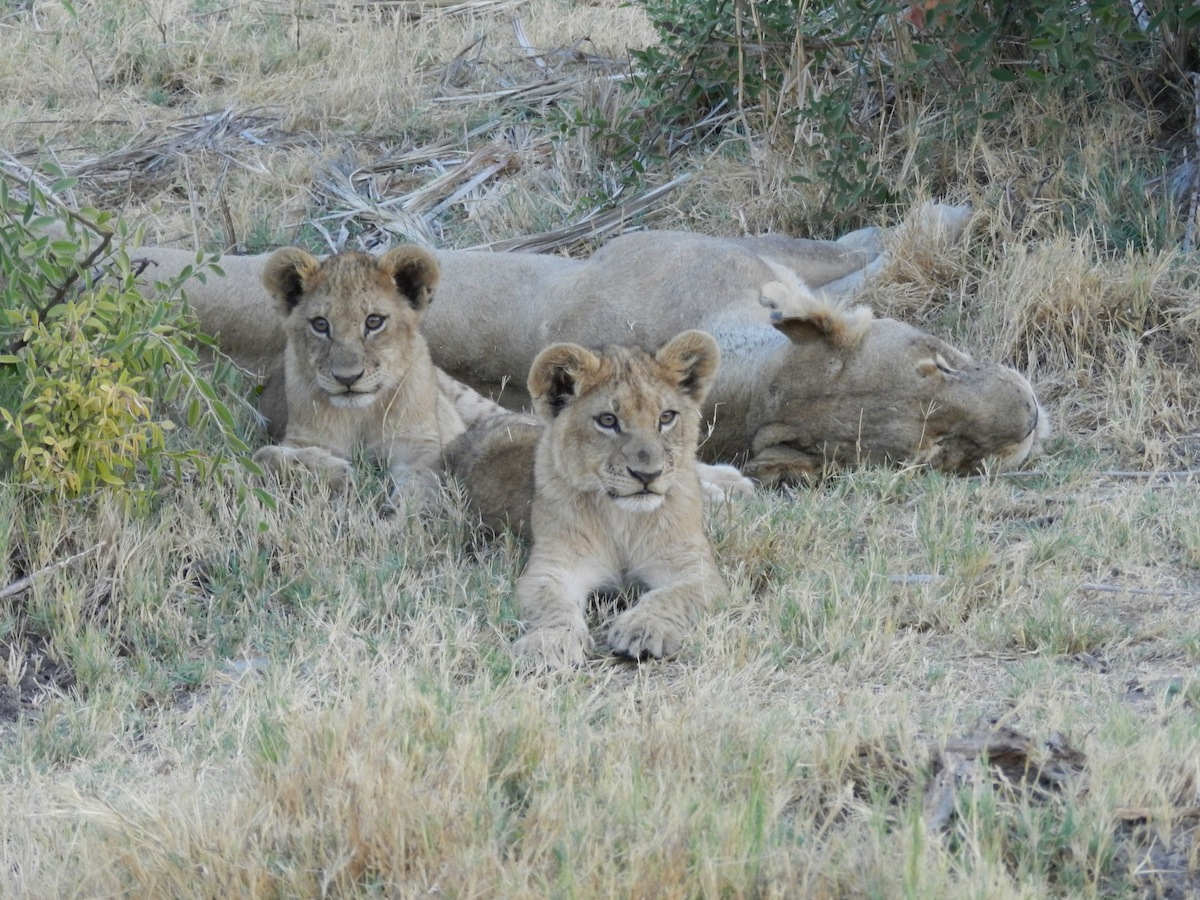
Lions in West Africa are on the brink of extinction, new research suggests.
Fewer than 250 adults may be left in West Africa, and those big cats are confined to less than 1 percent of their historic range.
The new study, detailed today (Jan. 8) in the journal PLOS ONE, suggests that without dramatic conservation efforts, three of the four West African lion populations could become extinct in the next five years, with further declines in the one remaining population, study co-author Philipp Henschel, the lion program survey coordinator for Panthera, a global wildcat conservation organization, wrote in an email. [In Photos: The Biggest Lions on Earth]
Threatened cat
The majestic lion once roamed throughout West Africa, from Nigeria to Senegal.
But as people have converted wild lands to pastureland, hunted the lion's traditional prey — antelopes, gazelles, wildebeest, buffalos and zebras — and gotten into conflicts with the animals, the big cat population has plummeted in West Africa.
Cash-strapped West African governments have put little money into lion conservation, in part because "wildlife tourism is quasi-absent in West Africa," Henschel said.
Get the world’s most fascinating discoveries delivered straight to your inbox.
And research institutions have similarly neglected the region.
"Like wildlife tourists, most international research institutions and conservation organizations active in Africa also flock to the iconic game parks in East and southern Africa, meaning that lions faced a silent demise in West Africa over the past decades," Henschel told LiveScience.
Massive survey
To remedy that, Henschel and his colleagues recently completed a massive, six-year survey of West Africa's lions, using remote cameras, interviews with people and counts of lion tracks. The survey, carried out between October 2006 and May 2012, builds on a smaller study done last year, which found shrinking savannas for lions in the region.
About 400 adult and juvenile lions existed in the region. And the wild cats, which were originally thought to have inhabited 21 separate regions, actually exist in just four. Their range is now confined to pockets in Senegal, Nigeria and the borderlands between Benin, Niger and Burkina Faso.
These isolated populations are also threatened due to reduced genetic variation.
"Individuals are limited in their choice of mates, and end up reproducing with closely related individuals. Such inbreeding reduces the genetic fitness of sired offspring, which, in lions, manifests itself in lower reproductive success caused by lower sperm counts and higher rates of abnormal sperm in males," Henschel told LiveScience.
Endangered status
To keep the lion from going extinct in Africa, governments and conservation organizations should boost budgets for conservation parks and personnel, to keep people from killing the lions' prey or the big cats themselves, Henschel said.
The International Union for Conservation of Nature currently lists the lion as vulnerable in Africa. The West African lion is not considered a different species, so it is rated as regionally endangered, Henschel said.
But recent studies suggest the West African lions are genetically distinct from their brethren in other regions of the continent and are closely related to Barbary lions of North Africa and the few Asiatic lions left in India.
The genetic findings, combined with the dire survey results, suggest the West African lion should be listed as a critically endangered subspecies, or at the least, as a regionally critically endangered animal, Henschel said.
Follow Tia Ghose on Twitter and Google+. Follow LiveScience @livescience, Facebook & Google+. Original article on LiveScience.

Tia is the editor-in-chief (premium) and was formerly managing editor and senior writer for Live Science. Her work has appeared in Scientific American, Wired.com, Science News and other outlets. She holds a master's degree in bioengineering from the University of Washington, a graduate certificate in science writing from UC Santa Cruz and a bachelor's degree in mechanical engineering from the University of Texas at Austin. Tia was part of a team at the Milwaukee Journal Sentinel that published the Empty Cradles series on preterm births, which won multiple awards, including the 2012 Casey Medal for Meritorious Journalism.


